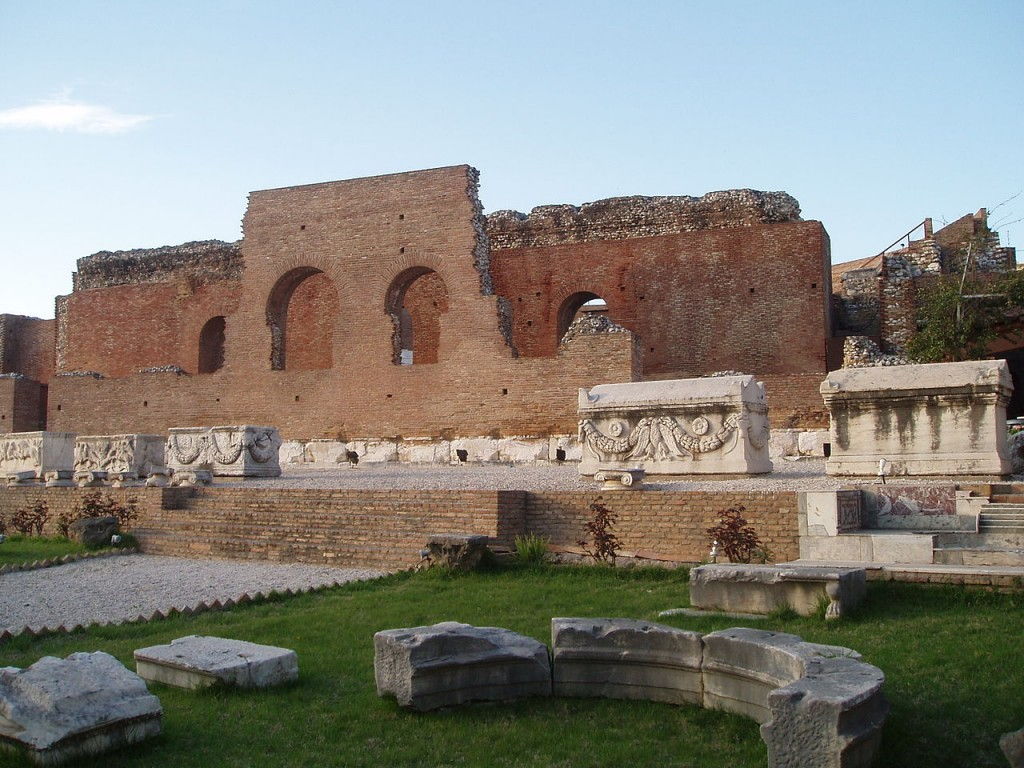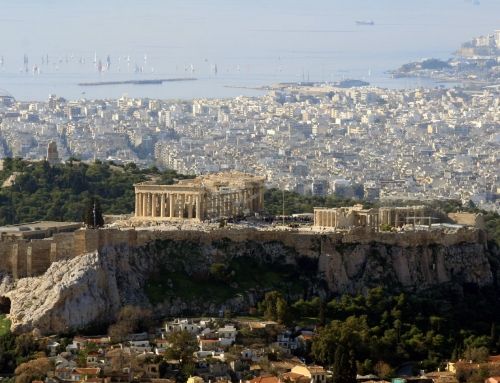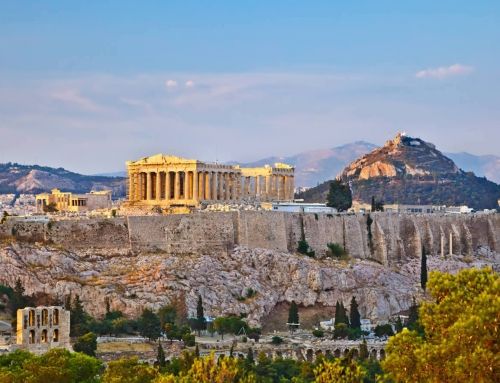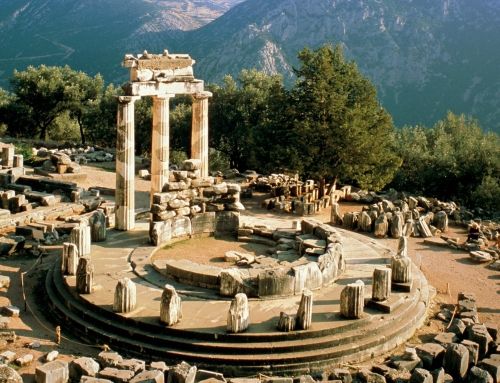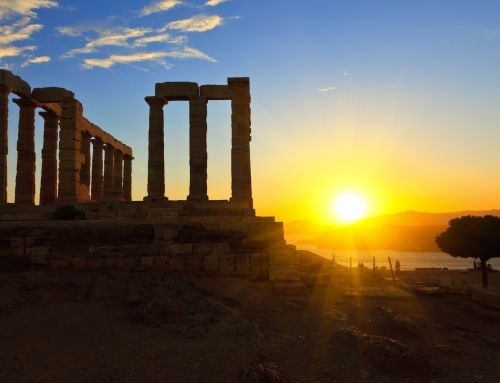A tour through the entire historical timeline of Greece from Bronze age to Modern times
Highlights
Drive via the national coastal highway, make a short stop at Corinth Canal.
Arrive at Mycanae, home of the mythical king Agamemnon.
Visit Nafplia the first capital of modern Greece.
Entrance to Epidaurus and visit the ancient theater.
Argolis Full Day Tour
Driving along the National highway to the Peloponnese we reach the well-known Corinthian canal also called Isthmus canal that connects the Saronic Sea and the Corinthian Sea. Passing through olive fields and vineyards, we approach an imposing site on the top of a rocky hill located in the North East part of Peloponnese in Argolis, the ancient citadel of Mycenae.
Mycenae was the centre of power in the Late Bronze age from 16th century B.C. to 11th century B.C. Home of the famous King Agamemnon who was murdered by his wife Clytemnestra and her lover after he had returned victorious from the Trojan War.
Making a short stop on another hill opposite the Palace, visiting an impressive monument, the Treasury of Atreus also known as the Tomb of Agamemnon, followed by a scenic forty minute drive through orange and lemon tree fields of Argolis plain we arrive at Nafplion, a picturesque seaport town near the north end of Argolis Gulf.
Nafplion became the first capital of modern Greece from 1829 to 1834 by Ioannis Kapodistrias, a few years after the beginning of the Greek War of Independence (1821) against the Turkish occupation.
Finally after a thirty-minute drive we arrived at ancient Epidaurus (3rd Century B.C), a spiritual place worth visiting for its sites such as the Sanctuary of Asclepius and the ancient Theatre with its unique acoustics. The Sanctuary of Asclepius was a healing and cultural centre of ancient times and the Theatre of Epidaurus is one of the very few that retains its original circular Orchestra and it is a rare aesthetic sight, still used in our days.
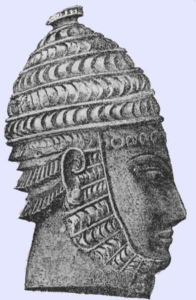
Mycenaean Helmet (Ivory Head sculpture)
On his head he put a helmet made of leather, without crest or plume, what people call a skull-cap. It protected heads of brave young men. Meriones gave Odysseus bow, quiver, and a sword. On his head Odysseus set a hide cap, on the inside skillfully reinforced with leather thongs. Outside, wild boars’ white teeth were placed here and there, strategically and well. In between these layers was a piece of felt. This cap had once been stolen by Autolycus, from Amyntor, Ormenus’ son. He’d broken in his well-built home in Eleon. Some time later, Autolycus gave it to Amphidamas of Cythera, to take to his home in Scandeia. Amphidamas then gave the cap to Molus, as a present for his hospitality. Molus later gave it to his son Meriones. And now it sat there, covering Odysseus’ head.
Homer, Iliad Book 10
Sites Opening Hours
- Winter : From November 1 to March 31 08:30 until 15:00
- Summer : From April 1 to October 31 08:00 until 19:30
Entrance fee required :
6 Euros for the Acropolis of Mycenae and the Treasury of Atreus
6 Euros for Ancient Epidaurus
- Free entrance : For students from E.U (student id is required)
- Free entrance : For children under 19 years old
- Reduced entrance fee for students outside the E.U
- Reduced entrance fee for citizens over 65 years old from E.U Countries
Note: Please note that on this tour, your driver is not licensed to accompany you on your walk up the top of the Temple of Poseidon. If you want a licensed guide to tour the site with you, you can hire one at extra cost.


